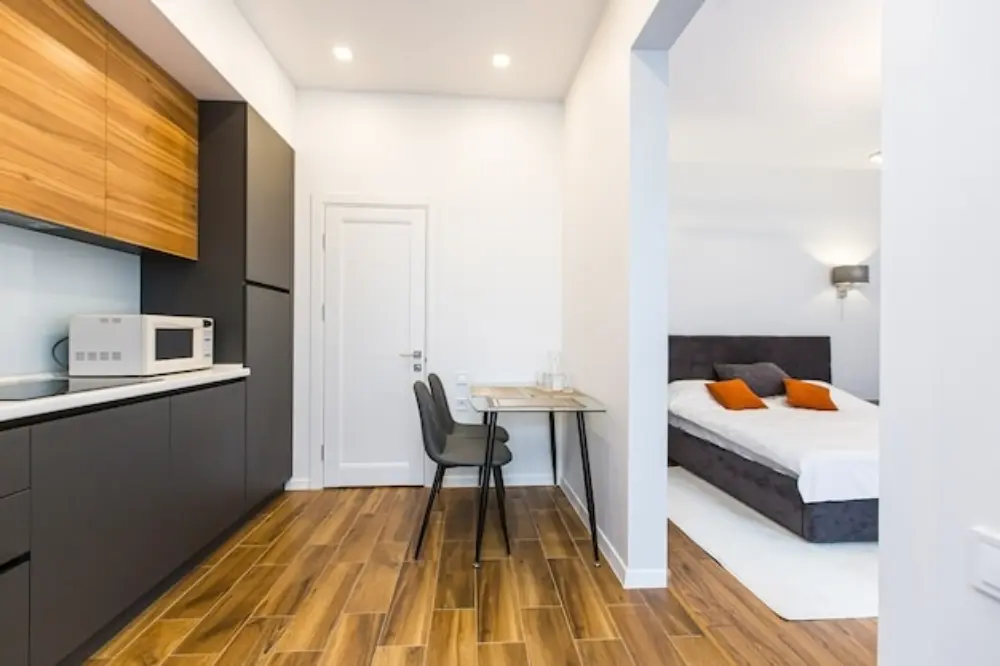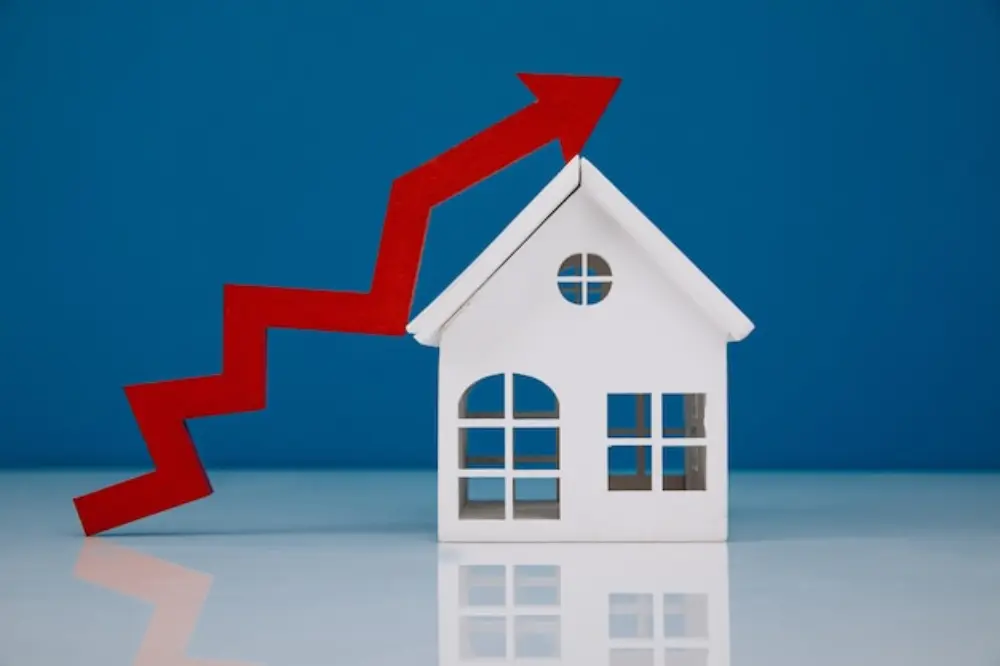

Studio apartments have long been perceived as an affordable entry point into the property market. With their compact size and lower overall price compared to larger units, they seem like an ideal choice for first-home buyers, investors, and renters. However, in many Australian cities, studio apartments command surprisingly high prices.
This article explores the key reasons behind the high cost of studio apartments in Australia, covering factors such as supply and demand imbalances, land and development costs, prime locations, rental market trends, financing challenges, and investment appeal.
High Demand in Major Australian Cities
The demand for housing in Australia’s major cities has been consistently strong, driven by factors such as:

Limited Supply of Studio Apartments
Despite strong demand, the supply of new studio apartments remains constrained due to several reasons:
With demand outpacing supply, the price of studio apartments continues to rise, making them less affordable than one might expect.
Expensive Land Prices
Land prices in Australia’s major cities are among the highest in the world. As urbanisation increases, the cost of land in prime locations rises, leading to higher property prices across all housing types, including studio apartments. Developers who pay a premium for land must pass these costs onto buyers, inflating prices even for smaller units.
Construction Expenses
The cost of materials and labour in the construction industry has surged due to factors such as:
While studio apartments require fewer materials than larger units, they still incur high per-square-metre construction costs, contributing to their relatively high prices.
Studios Are Often in High-Value Areas
Most studio apartments are built in desirable inner-city or high-demand areas where land and property values are already elevated. Key advantages of these locations include:
Due to their prime positioning, studio apartments often attract buyers and renters willing to pay a premium for convenience.
Amenities and Strata Fees
Many modern studio apartments are part of high-rise buildings that offer amenities such as:
While these features enhance lifestyle appeal, they come with high strata fees, further increasing the overall cost of owning a studio apartment.
Strong Demand for Rentals
The Australian rental market is experiencing a supply crunch, pushing rental prices higher across all property types. Studio apartments, being more affordable rental options, often experience particularly strong demand. Factors driving rental price increases include:
Impact of Short-Term Rentals
Platforms like Airbnb have reshaped the rental market by reducing the supply of long-term rental apartments. Many investors choose to rent out studio apartments on short-term platforms due to the potential for higher returns. This further tightens the rental market, pushing up both rent prices and purchase prices for studios.
Studios Attract Investors
Due to their lower purchase price and high rental yield potential, studio apartments are popular among property investors. Investors often target studio apartments in prime locations where demand from renters is strong. This competition among investors can drive up prices, making it harder for first-home buyers to enter the market.
Financing Challenges
Despite their affordability relative to larger properties, studio apartments can be harder to finance. Many lenders impose stricter mortgage conditions for small apartments (typically under 40 sqm), viewing them as higher-risk investments. Buyers may face:
These financing hurdles can further drive up the cost of purchasing a studio, as buyers may need to seek alternative funding options.
Studios vs. One-Bedroom Apartments
While studio apartments have a lower overall purchase price, they can be more expensive on a per-square-metre basis. In some cases, the price difference between a studio and a one-bedroom apartment is marginal, making larger units a more attractive option for buyers who can afford them.
Regional vs. Metro Pricing
Studio apartments in regional areas tend to be significantly cheaper than those in capital cities. However, the trade-off includes fewer employment opportunities, reduced lifestyle amenities, and lower capital growth potential.
Limited Space & Functionality
Living in a studio apartment requires efficient use of space. Buyers must consider whether the limited storage and living areas will suit their lifestyle in the long term.

Resale Value
Studio apartments may not appreciate in value as much as larger properties. Market demand for studios can be more volatile, and resale can be challenging during economic downturns.
High Strata Fees
Ongoing maintenance costs for common areas and amenities can make owning a studio apartment more expensive over time.
The high cost of studio apartments in Australia results from a combination of factors, including high demand, land and construction costs, prime location premiums, and rental market pressures. While they may seem like an affordable housing option at first glance, buyers must consider the true value proposition of studios, factoring in financing challenges, strata fees, and resale potential.
For prospective buyers, it’s essential to weigh these considerations carefully before committing to a purchase. As the Australian property market continues to evolve, studio apartments remain a unique but often costly housing choice.
For more insights into Australia’s real estate trends, visit AussieDiscoverer.